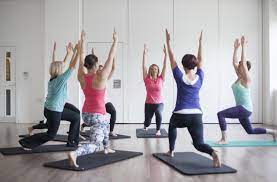What are the best types of exercise for asthma?
Exercise can help improve the symptoms of asthma in the long term, in addition to improving overall health.
Some forms of exercise have the potential to cause asthma flare-ups, leading to wheezing or chest tightness. However, people may be able to avoid symptoms or asthma attacks by using specific techniques and participating in suitable activities.
As long as a person’s asthma is under control, exercise can offer them many health benefits.
In this article, we look at how to stay safe while exercising with asthma and what to know about exercise-induced asthma. We also provide tips on how to avoid asthma complications.
Can exercise help with asthma?
In general, exercise offers many varied health benefits, such as improving heart health, boosting mental health, and reducing the risk of many health conditions.
People with asthma may also notice other specific health benefits, including:
- improved lung function, which builds overall stamina and reduces the time that it takes for a person to feel out of breath
- weight loss, which can reduce the risk of asthma attacks
- improved immune system function, which reduces the risk of upper respiratory infections that can trigger asthma symptoms
- improved mood and stress reduction, which can lessen asthma symptoms
Other benefits of exercise include:
- increased energy levels throughout the day
- stabilized blood sugar levels
- protection for the brain from age-related disease
- strengthened bones and muscles
- reduced risk of certain cancers
- improved sex life
- improved sleep quality
- reduced risk of heart disease
- helping a person quit smoking
Which types of exercise are good for asthma?
People with asthma may find that slowly building up their level of exercise reduces the risk of asthma flare-ups during exercise. Types of exercise that focus on promoting lung capacity and regulating breathing can be especially beneficial.
Exercises and activities that offer a person short periods of activity with rest in between can work well. Exercising in this way allows a person to be active and improve their stamina and strength without putting too much strain on the lungs.
The following types of exercise may be particularly suitable for people with asthma:
Pilates
Pilates helps a person focus on their breathing. Controlled, rhythmic breathing during exercise can help increase a person’s lung capacity while building muscle strength for overall fitness.
Pilates and rhythmic breathing can also help lower a person’s stress levels. Stress is a trigger for asthma in many people, so reducing stress could help reduce asthma flares.
Swimming
Swimming results in the inhalation of warm, damp air, which is good for people with asthma. Swimming can also help with breath control. It can be a gentle activity, and people can work toward doing more intensive sessions as their fitness and lung capacity improve.
Some people may find that swimming in a pool triggers their asthma symptoms due to the chlorine that is in the water.
Other forms of exercise
Many other types of exercise can also help improve the function of the lungs without overstraining them. These include:
- golf
- baseball
- tennis
- volleyball
- badminton
- weightlifting
Light-to-moderate exercise also works well, especially when it involves steady movement, which improves endurance levels and avoids overstraining the lungs. Examples include:
- biking
- walking
- hiking
- using an elliptical machine
- taking the stairs instead of the elevator
- Low impact DanceFIT Classes
Other more strenuous exercises and activities are not necessarily bad for asthma, but it is best for each individual to talk to a doctor before deciding on the best exercise for them. The doctor can advise on the risks of specific sports, such as running, basketball, or soccer, and how to manage symptoms during these activities.
Tips for exercising with asthma
People who are new to exercising should avoid high-intensity activities, at least until they build up endurance. Running, jogging, or soccer can be too much for a person with asthma if they are not accustomed to exercising.
It is best to avoid exercising in cold, dry environments. The types of exercise that involve cold weather, such as ice hockey, skiing, and other winter sports, are more likely to cause asthma flare-ups.
It is also crucial to pay attention to the body during exercise. If a particular form of exercise is causing a flare, a person should stop doing the activity until their symptoms are under control.
According to the American Lung Association a person can manage their asthma by taking the following six steps:
- taking advantage of resources and asking appropriate questions when visiting a doctor
- working with their healthcare provider to create an asthma management plan that outlines how to manage symptoms
- tracking the times when they experience symptoms to determine their triggers
- taking control and understanding their prescribed medication
- reducing exposure to known triggers
- learning asthma self-management techniques
What is exercise-induced Asthma?
According to the Asthma and Allergy Foundation of America exercise-induced asthma is an older way to describe exercise-induced bronchoconstriction (EIB). The term “exercise-induced asthma” gives people the incorrect impression that exercise causes asthma.
The AAFA go on to say that nearly 90 percent of all people with asthma will experience symptoms of EIB while they exercise.
The symptoms of EIB are similar to those of asthma and include:
- wheezing
- coughing
- shortness of breath
- tightness in the chest
The most common symptom is coughing. Many people may find that coughing is the only symptom that they experience.
Symptoms of EIB usually occur after a few minutes of exercise, and they tend to get worse 5–10 minutes after a person stops exercising. They will then typically subside after about 30 minutes.
The primary cause of EIB is breathing in cool, dry air. Exercise tends to exacerbate this because a person who is exercising will usually breathe in through their mouth. Breathing in through the nose usually reduces the coolness and dryness of the air.
Other potential triggers of EIB include:
- high pollen counts in the air
- other irritants, such as smoke
- raised levels of air pollution
- a recent asthma attack or upper respiratory infection
How to avoid asthma attacks when exercising
The best action that a person can take to prevent an asthma attack when exercising is to use prescription asthma medications as the doctor directs.
Anyone who still experiences severe symptoms of asthma when using medication can speak to their doctor to adjust the type or dosage of their drugs to help get the symptoms under control.
It is also important to pay attention to the environment before exercising. For example, if pollen counts are high or the air is cool and dry, it is likely to be better to exercise indoors to reduce the risk of asthma flare-ups.
Other steps to avoid asthma attacks during exercise include:
- wearing a scarf over the face in cooler weather to keep cold air out of the lungs
- warming up before exercising and cooling down afterward
It is vital to avoid pushing too hard during exercise. A person who is just starting to become active may want to walk instead of running to avoid straining the lungs. By gradually increasing their fitness levels, a person can help reduce the likelihood of exercise triggering an asthma attack.
Finally, a person should always carry their rescue inhaler with them. If symptoms occur during exercise, it is essential to stop and use the inhaler to prevent symptoms from progressing.


